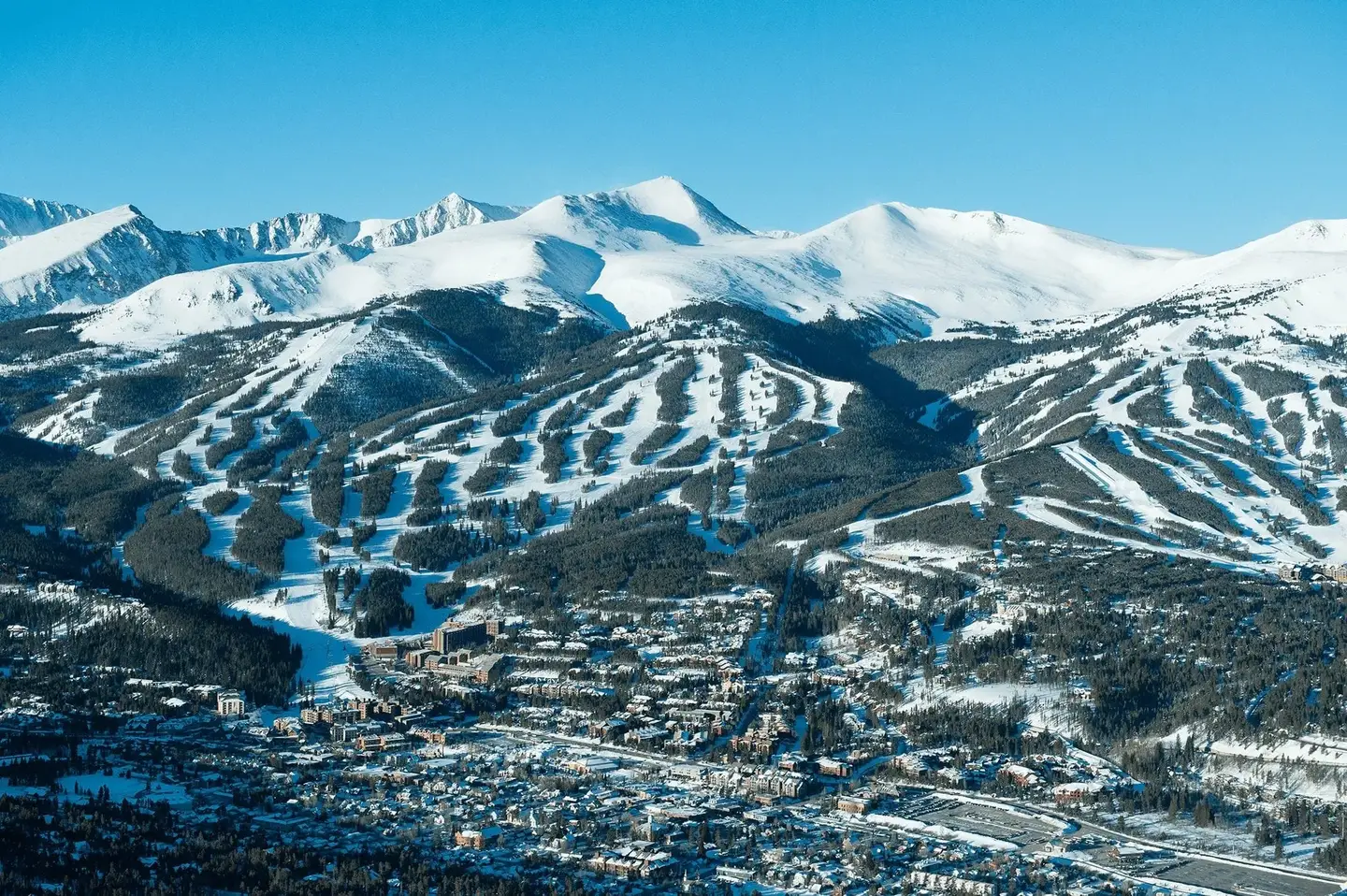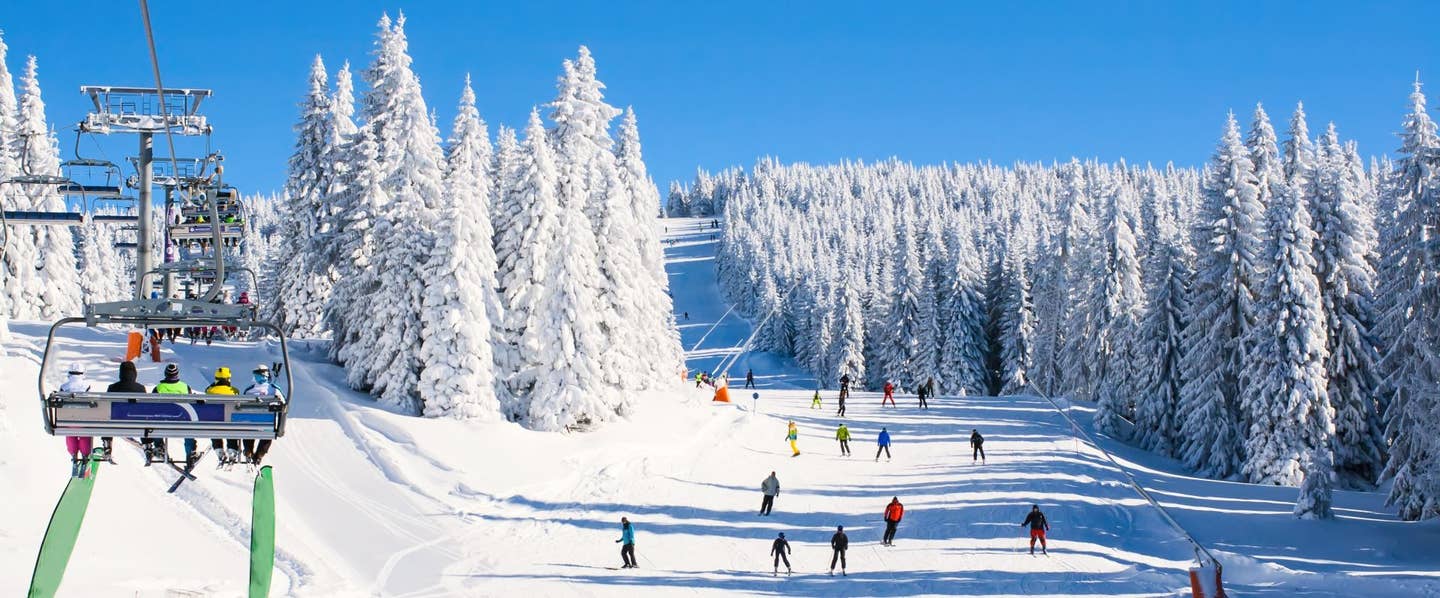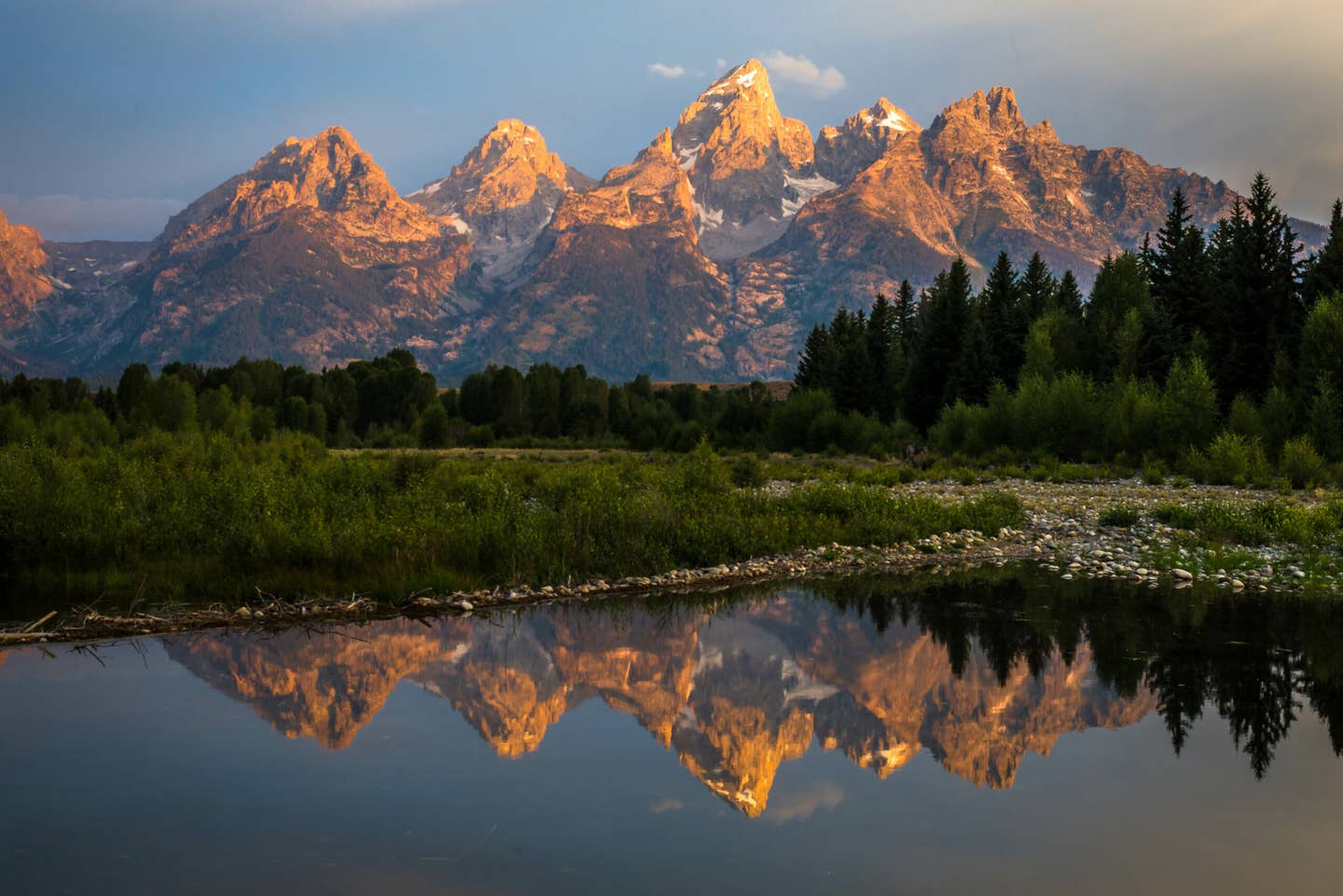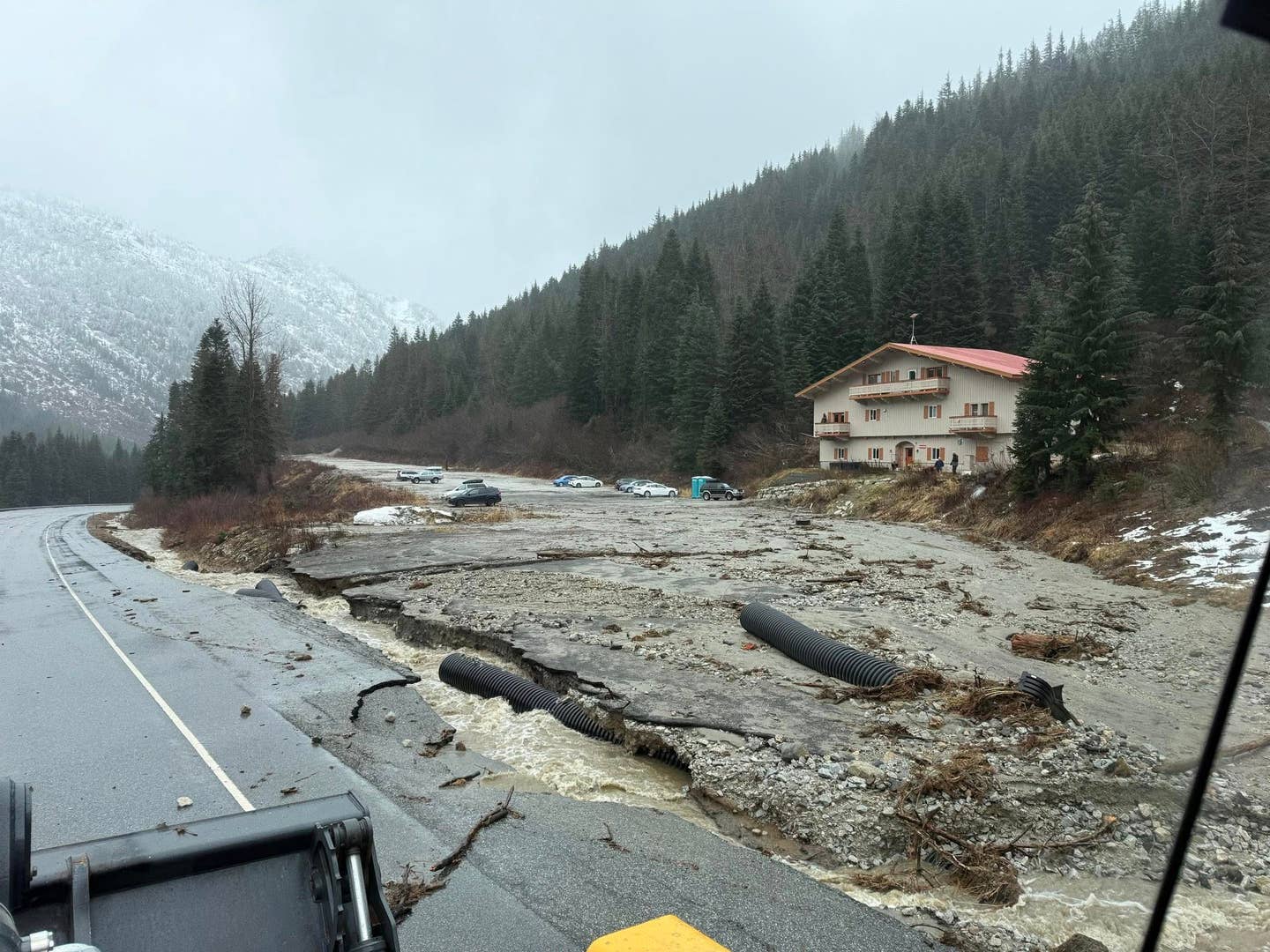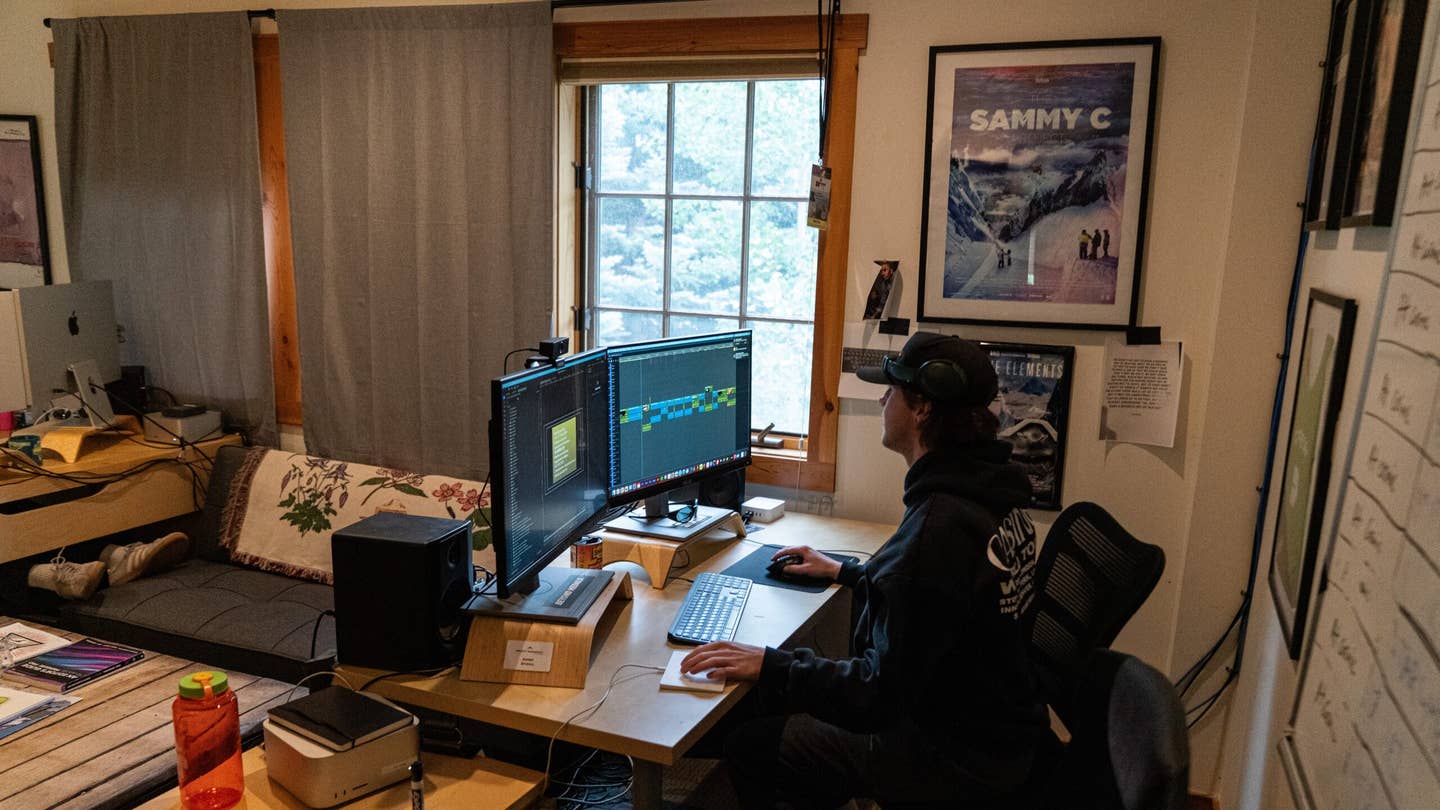

The Art of the Cut: How TGR’s Editors Crafted Pressure Drop
Shop Now
Popular Stories
For over three decades, TGR has set the standard for action sports filmmaking. While the athletes on screen perform mind-bending feats, the real magic often happens behind the lens. For our 30th Annual Film, Pressure Drop, a massive team of cinematographers, sound designers, and editors work tirelessly to turn thousands of hours of raw footage into a cohesive, heart-pounding narrative. To get a glimpse into the process, we sat down with two of the film’s key editors, Johnny Seybold and Sebastion Glenn (AKA Seabass), to talk about the tech, the craft, and the organized chaos of bringing a TGR film to life.
What got you into the world of ski films, and how did you end up landing at TGR?
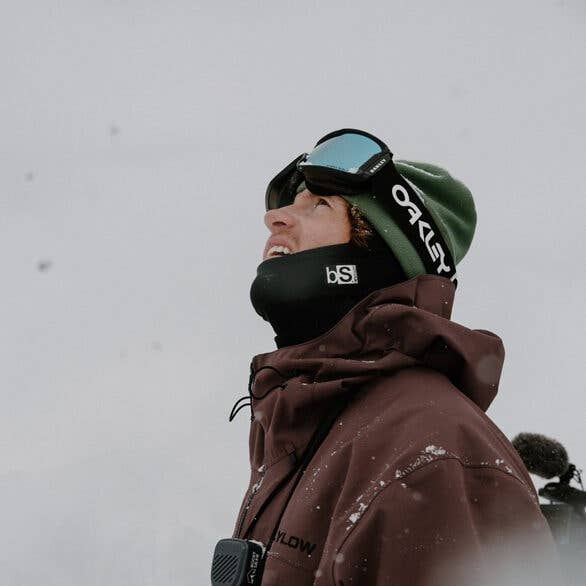
Johnny: I like to say I took the “non-traditional” path into ski films. I spent seven years in tech consulting before deciding I wanted to escape the desk-job world. Ironically, I probably spend more hours at a desk now than I ever did then, but when you are cutting ski films it does not feel like work. Once I made the switch, storytelling and editing became my focus. My first break came with the Dew Tour, and eventually I built enough experience and connections to get my foot in the door at TGR. Now I am lucky enough to be editing the 30th annual TGR film, which feels like a dream come full circle.
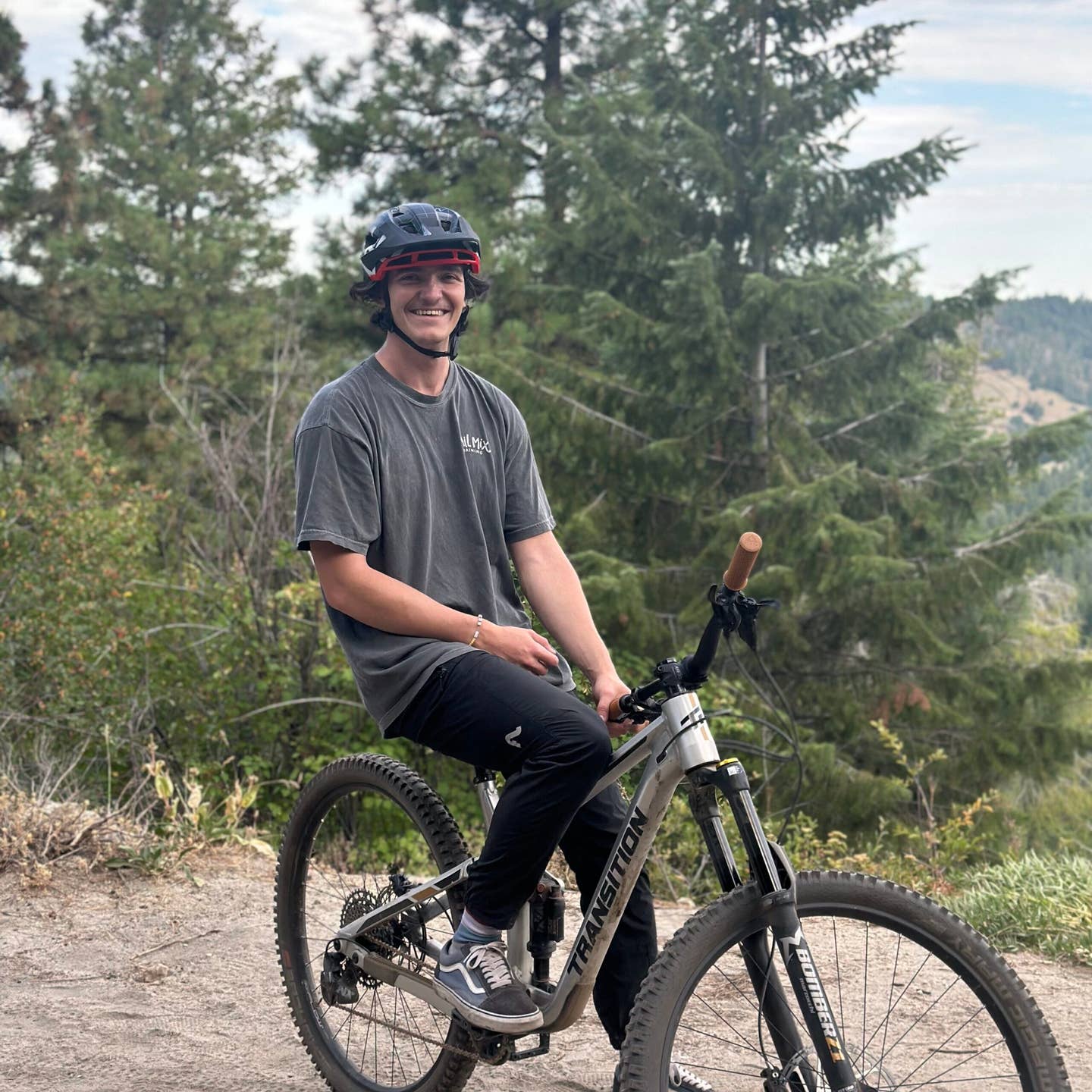
Seabass: Growing up, my dad was always behind a camera, filming all of our outdoor adventures—that’s what first sparked my interest in storytelling. I still remember going to my first ski film premiere in my hometown of Boise, ID with my best friend’s family and thinking, what an incredible job that must be. Fast forward about fifteen years, I found myself feeling stuck in my college program and craving change. I dropped out, took a leap, and somehow landed an entry-level role with TGR. Four years later, I’ve been lucky enough to grow with the company and turn that early inspiration into a career.
The first thing that comes to mind is the sheer volume of footage you must get. How do you even begin to find the story in thousands of hours of raw footage?
Johnny: We deal with an unusually large amount of footage for an hour-long film, even compared to most high-quality productions. To put it in perspective, a typical Hollywood film might shoot about 20 minutes of footage for every one minute that ends up on screen. For the two films I’ve worked on at TGR, that number is closer to 700 to 1. To handle that, we use a robust racking system. Everything is organized by trip location, then broken down into dailies, action, non-action, and content for each athlete, group, and crew. It sounds like a lot, but once it is organized, finding the story becomes surprisingly manageable.
Seabass: Like Johnny said, we handle an insanely large amount of footage. I personally take notes about each trip/segment as I am racking it and typically go through a notebook every summer. Taking notes on as much as you can streamline the editing process even more than just organizing footage. It helps you build the storylines before you actually start laying footage down on the timeline.
What is one thing people would be most surprised to learn about the ski film editing process?
Seabass: I think the most surprising thing about editing that people don't realize is the sound design and music. A ski film with no sound design is like a book with no words. It really ties everything together and its remarkable the difference a few sound effects can make to a shot. Then when you start sound designing entire segments, then the entire film, it's a night and day difference. The music world itself is insane and my mind is blown every single year when dealing with music. I think Johnny and I could talk about that all day.
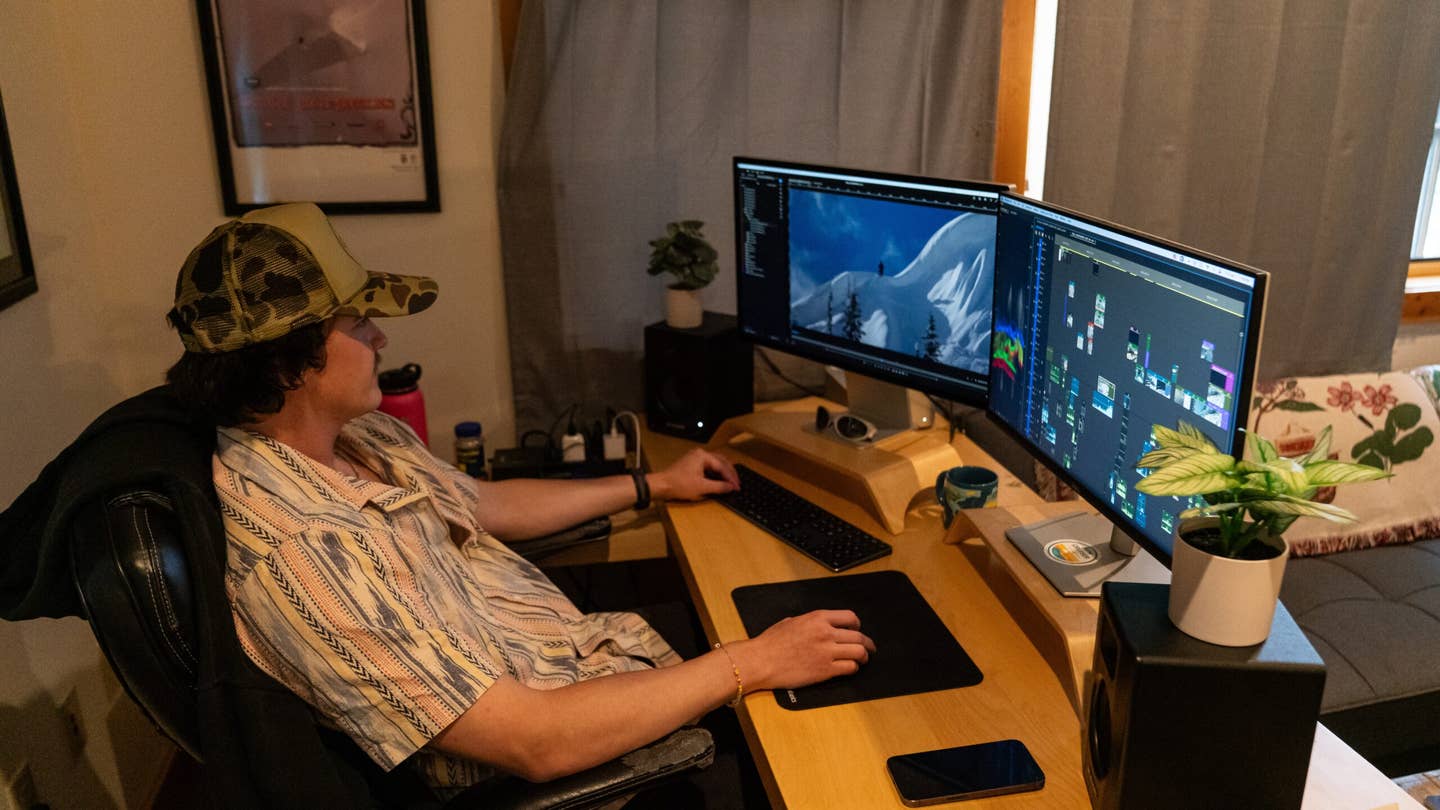
When you’re looking at all that footage, how do you decide what makes the cut? Is it about the biggest tricks, or is there a different narrative that emerges?
Johnny: I was given some really good advice when I first got to TGR: imagine the athlete you are editing is sitting right next to you at the premiere. Would they be stoked on what you put together? That mindset helps keep things balanced because it can go both ways. You might cut something they think deserves to be in, or you might include a clip they do not feel accurately represents them. At the end of the day, both athletes and editors want to put out the best film possible. Those conversations can be tough, but they are also what push the work to a higher level and lead to a cut that does justice to both the athlete and the story.
You're known for making the audience feel like they're right there, on the boot pack, and in the white room. What new techniques or technologies did you use on Pressure Drop to achieve that feeling?
Johnny: One of the biggest tools we leaned on for Pressure Drop was FPV drone cinematography. Unlike traditional drones that give you more of a wide floating perspective, FPV drones are flown in first-person view and can fly extremely fast, weaving right into the action. This year we even had one flying in front of a moving car to capture that sense of speed. It allows us to put the audience just a few feet from the skier, diving through trees or chasing a powder turn. A lot of that impact comes down to the skill of our FPV pilot, who makes those shots possible. Shoutout Patrick Conroy, our main FPV pilot on the film.
Seabass: Most people are looking into the future, this year we looked into the past. We used a lot of archival footage and even brought back old TGR logos. We brought in a lot of unseen footage for this film and we used a cool process to bring those to life by harnessing new technology to make these old shots higher resolution. It was so cool to see these shots go from old dusty tapes to a 4k timeline and look like it was filmed recently instead of 30 years ago.
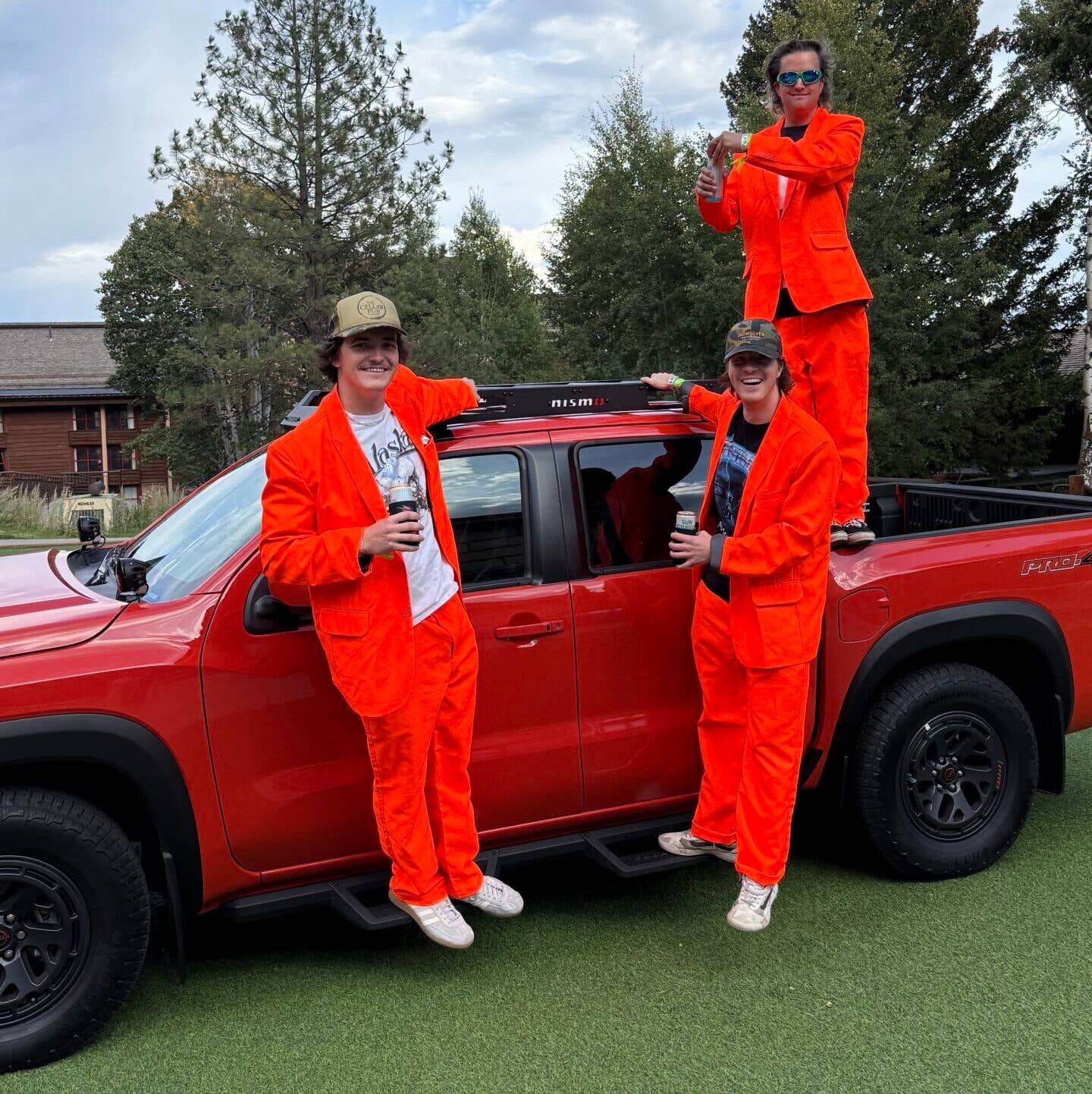
Sign Up for the TGR Gravity Check Newsletter Now
The visuals capture the eye, but the sound gives the film its soul. What is your philosophy on using music and sound design? Can you each tell me about a time when a shot came to life in the edit bay with the right audio, and how you work together to make sure it all matches?
Johnny: I know skiing is what everyone comes to see, but for me the sound is what really brings it all together. From the sound design side, we have a deep arsenal of sound elements woven throughout the film. And on the music side, I am a total nerd when it comes to ski film soundtracks. Shoutout to the guy on Spotify who has made a playlist for every TGR movie (if you are reading this, please reach out.) Our music supervisor, Lory Vincent, absolutely crushed it this year, and I cannot wait for everyone to hear the soundtrack. It might just be our best yet.
Seabass: I kind of already answered this (I should’ve read all the questions!). Music and sound design ultimately sets the tone for each segment. It’s remarkable what a different song can do to a segment to change it completely. We go through multiple versions of each segment and sometimes our song choices just don't work and we have to pivot so it's interesting to see the development and what can come with a new song. I agree with Johnny, this years sound track is mental.
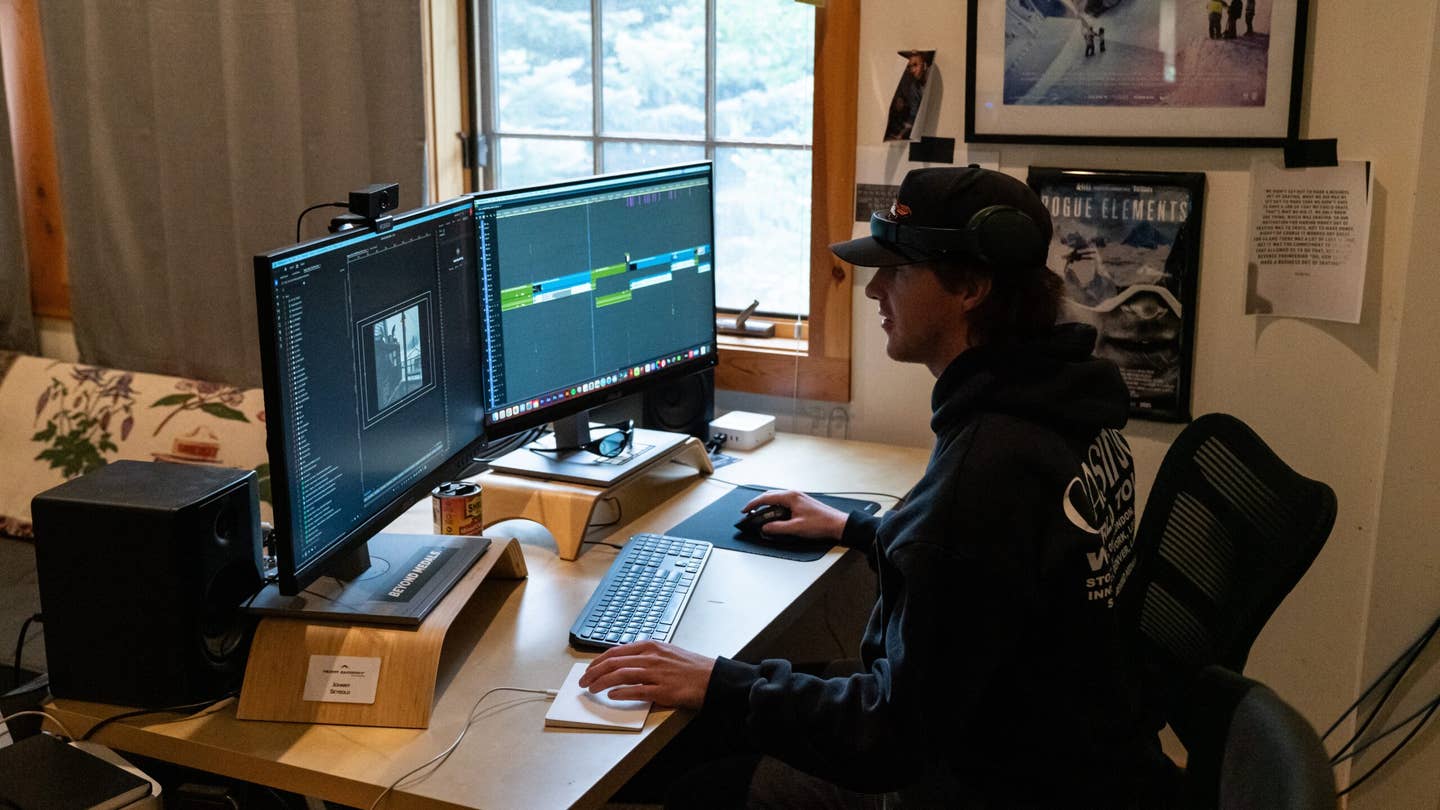
Now for the final product, what's a specific moment or a clip from Pressure Drop that you're each most proud of? And finally, what do you hope the audience takes away from the film and from the work you put in to make it all happen?
Johnny: The classic cinematographer’s answer would be to pick the shots I filmed that made it into the movie. But since this was my first year behind the camera, I don’t think my sunset Teton shot is gonna cut it. So my favorite shot from the film is of Jason Strong setting the bootpack in Cody Bowl. It was filmed with an FPV drone that gets right up close to him. It is a bluebird day after a deep storm, and he is the only one in frame, working hard and trudging through the snow to set the bootpack for everyone else. For me, that shot really captures what we were trying to show in the Jackson Hole locals segment this year. I really hope everyone who watches this film really feels the soul and rich history that TGR has provided to the ski world over the last 30 years. Here’s to 30 more!
Seabass: My favorite moment from this year's film is probably the Jackson Pros segment as a whole. It is such a banger and the skiing is insane. The song is unbelievable and people are going to be floored by the level of skiing of these athletes. The overall vibe is really good and it almost feels like a mini movie within itself. I am super stoked on how this segment came out. My favorite part of the segment is seeing John Jackson in his element. He's been a pivotal rider in the snowboard world for years and I was stoked to finally work with some of his footage. This whole film brings together a lot of amazing riders in amazing locations over the course of 30 years and I am really stoked for people to see it. Cheers!
Ultimately, a TGR film is more than just a collection of shots. It’s a carefully crafted experience, built by a team of passionate creators. From the raw footage to the final soundscape, Johnny and Seabass, along with the entire crew, pour their skill and dedication into every detail. With Pressure Drop, they hope to share something truly special, a film that not only showcases world-class action but also captures the heart of the mountains, inspiring audiences to get off the couch and into the wild.
Pressure Drop just had its world premiere in Jackson Hole! Now, the tour is coming to a city near you. Don't miss your chance to experience the film on the big screen, feel the energy of the crowd, and get stoked for winter. Find the next stop on the tour and grab your tickets now.


